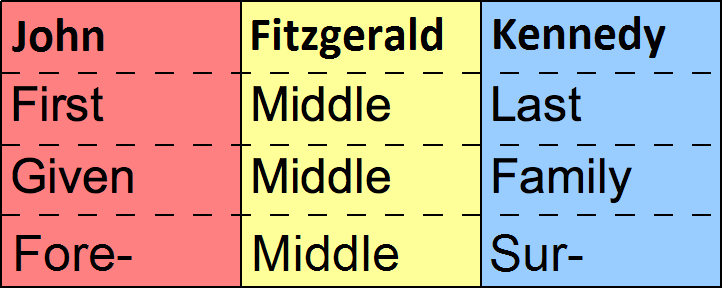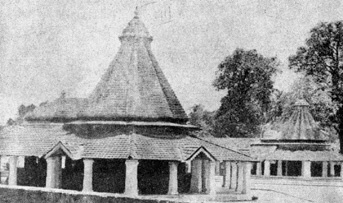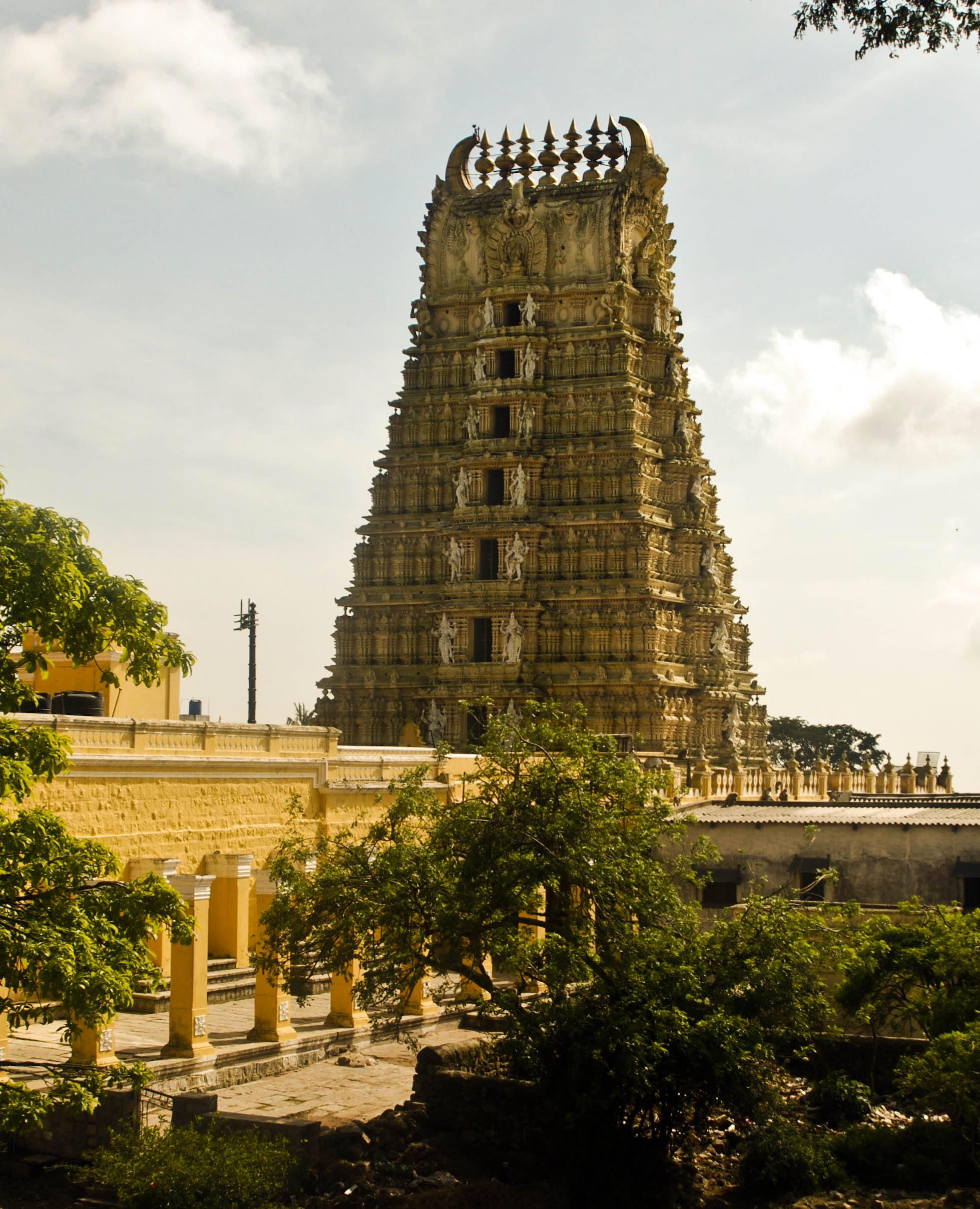|
Cukkemane
Cukkemane or Kukkemane or Cuckemane is surname or a family name belonging to members of the Havyaka Brahmin Community. They belong to the Gautama gotra; they originate from and are mainly based in Kodagu (Coorg), Karnataka, a state in South India. They are from Kukke which was part of Amara Sulya district, formerly in the old kingdom of Kodagu. Origins of Cukkemane Many centuries ago, a Brahmin family of Gautama gotra from Sagara taluka in Shimoga (Shivamogga) district in Karnataka migrated to the hamlet ''Saravu'' in Kodapadavu village in Bantwal taluk of Dakshina Kannada district. During a particular point in history, there was no male heir to continue the family. The then family members went to the Kukke Subramanya Temple & prayed to Subramanya to bless them with a male heir. They brought home a ''Shiva Linga'' for daily worship from the temple. Within the same temple complex, they also sought the blessings of Lakshmi Narasimha, with an assurance to him, that he would be the ... [...More Info...] [...Related Items...] OR: [Wikipedia] [Google] [Baidu] |
Havyaka Brahmin
Havyaka Brahmins are the Hindu Pancha Dravida Vedic Brahmins from the Indian state of Karnataka. Havyakas profess the Advaita philosophy propounded by Adi Shankaracharya. Most Havyakas can trace their immediate ancestry to either Sirsi, Uttara Kannada, Shivamogga, Udupi, Dakshina Kannada or Kodagu districts of Karnataka and Kasaragod district of Kerala. Etymology The word Havyaka according to a linguistically correct derivation by Shri Sediyapu Krishna Bhat comes from Ahichchatra Bhrahmana: the community coming from Ahichchtra to Talagunda/Banavasi brought by Kadamba king Mayura Verma. According to Sediyapu, the word "Havyaka" is a Sanskritization of Ahika-Havika. This is supported by inscriptions. Sanskrit scholar Mahamahopadhyaya Nadahalli Ranganatha Sharma rejects Havya+Kavya derivation as grammatically incorrect. The word Havyaka was not used in official records until 1928 including in mutts and there is no basis for it in inscriptions. The name "Haiga", "Havika", "Hav ... [...More Info...] [...Related Items...] OR: [Wikipedia] [Google] [Baidu] |
Adishesha
Shesha ( Sanskrit: शेष; ) , also known as Sheshanaga ( Sanskrit: शेषनाग; ) or Adishesha (), is a serpentine demigod ( Naga) and Nagaraja (King of all serpents), as well as a primordial being of creation in Hinduism. In the Puranas, Shesha is said to hold all the planets of the universe on his hoods and to constantly sing the glories of Vishnu from all his mouths. He is sometimes referred to as Ananta Shesha, "Endless-Shesha", or Adishesha, the "First Shesha". It is said that when Adishesa uncoils, time moves forward and creation takes place; when he coils back, the universe ceases to exist. The Narayana form of Vishnu is often depicted as resting on Shesha, accompanied by his consort Lakshmi. Adishesha is considered as one of the two mounts of Vishnu alongside Garuda. He is said to have descended upon Earth in the following human forms or incarnations: Lakshmana, brother of Vishnu's incarnation Rama during the Treta Yuga, and according to some traditi ... [...More Info...] [...Related Items...] OR: [Wikipedia] [Google] [Baidu] |
Surnames Of Indian Origin
In some cultures, a surname, family name, or last name is the portion of one's personal name that indicates one's family, tribe or community. Practices vary by culture. The family name may be placed at either the start of a person's full name, as the forename, or at the end; the number of surnames given to an individual also varies. As the surname indicates genetic inheritance, all members of a family unit may have identical surnames or there may be variations; for example, a woman might marry and have a child, but later remarry and have another child by a different father, and as such both children could have different surnames. It is common to see two or more words in a surname, such as in compound surnames. Compound surnames can be composed of separate names, such as in traditional Spanish culture, they can be hyphenated together, or may contain prefixes. Using names has been documented in even the oldest historical records. Examples of surnames are documented in the 11th c ... [...More Info...] [...Related Items...] OR: [Wikipedia] [Google] [Baidu] |
Havigannada Dialect
Havigannada, also called as Havyaka Bhaashe and Havyaka Kannada, is the dialect of Kannada spoken in Malenadu and coastal region of Karnataka. Usage Havigannada uses similar verbs and words as mainstream Kannada. However, it has more in common with Halegannada (Old Kannada) than other Kannada dialects. This might be the reason why even native Kannadigas of other regions find it difficult to comprehend it for the first time. It is spoken in the taluks of Thirthahalli, Shivamogga, Sagara, Sirsi, Yellapur, Siddapur, Honnavar, Hosanagara , Bhatkal, etc. where there is a higher density of Havyakas in relation to other places. In some parts of Uttara Kannada District such as Kumta, Honnavara, Bhatkal, Sirsi, and Siddapur, neuter gender is often used instead of feminine gender. Havigannada was partly used in Sandalwood films: ''Bettada Jeeva'', ''Nammoora Mandara Hoove ''Nammoora Mandara Hoove'' () is a 1996 Indian Kannada-language film directed by Sunil Kumar Desai ... [...More Info...] [...Related Items...] OR: [Wikipedia] [Google] [Baidu] |
Raghaveshwara Bharathi
Sri Sri Raghaveshwara Bharathi (originally, Harish Sharma), is an Indian religious guru and the present mathadhis (Guru) of Shri Ramachandrapura Mutt, Hosanagara in Shimoga district in the Indian state of Karnataka. He is the 36th mathadhis of Shri Ramachandrapura Math,. He took sannyasa from Jagadguru Sri Ragavendra Bharati Mahaswamiji the previous mathadhis, in April 1994. He is a follower of Advaita Vedanta. Birth and childhood Sri Bharathi in his early days before taking initiation was known by the name Hareesha Sharma. He was born in the village called Chaduravalli in Sagara, Karnataka . Education He studied Vedantha, Yoga, Astrology and Sanskrit in Gokarna and later in Mysore. Sannyasa and after On 28 April 1999, Sri Bharati was made pontiff following the sadgati of Jagadguru Shankaracharya Sri Sri Raghavendra Bharathi mahaswamiji Rape allegations Raghaveshwara Bharathi swamy of the Ramachandrapura Math is accused of raping two people, including a mino ... [...More Info...] [...Related Items...] OR: [Wikipedia] [Google] [Baidu] |
Ramachandrapura Math
Ramachandrapura Math (monastery) is a Hindu monastery located in Hosanagara taluk of Shimoga, Karnataka. The ''Matha'' is followed mainly by the Havyaka Brahmins in Uttara Kannada, Dakshina Kannada, Udupi, Shimoga districts of Karnataka and Kasaragod district of Kerala . It was established by Adi Shankaracharya originally near Gokarna, a holy town on the west coast of India. The matha was initially known as Raghuthama Matha. The Swami (or guru) of the matha is a celibate (brahmacharya), but this is not a strict requirement though and a Havyaka Havyaka Brahmins are the Hindu Pancha Dravida Vedic Brahmins from the Indian state of Karnataka. Havyakas profess the Advaita philosophy propounded by Adi Shankaracharya. Most Havyakas can trace their immediate ancestry to either Sirsi, Utt ... by birth. He adds the title Bharati to his name. The present guru is Jagadguru Shankaracharya Shri Raghaveshwara Bharathi MahaSwamiji. He was initiated sanyasa by his guru Jagadguru Sha ... [...More Info...] [...Related Items...] OR: [Wikipedia] [Google] [Baidu] |
Adi Shankaracharya
Adi Shankara ("first Shankara," to distinguish him from other Shankaras)(8th cent. CE), also called Adi Shankaracharya ( sa, आदि शङ्कर, आदि शङ्कराचार्य, Ādi Śaṅkarācāryaḥ, lit=First Shankaracharya, ), was an Indian Vedic scholar and teacher ('' acharya''), whose works present a harmonizing reading of the ''sastras'', with liberating knowledge of the self at its core, synthesizing the Advaita Vedanta teachings of his time. The title of Shankracharya, used by heads of the amnaya monasteries is derived from his name. Due to his later fame, over 300 texts are attributed to his name, including commentaries (''Bhāṣya''), introductory topical expositions (''Prakaraṇa grantha'') and poetry (''Stotra''). However most of these are likely to be by admirers or pretenders or scholars with an eponymous name.W Halbfass (1983), Studies in Kumarila and Sankara, Studien zur Indologie und Iranistik, Monographic 9, Reinbeck Works know ... [...More Info...] [...Related Items...] OR: [Wikipedia] [Google] [Baidu] |
Advaita
''Advaita Vedanta'' (; sa, अद्वैत वेदान्त, ) is a Hindu sādhanā, a path of spiritual discipline and experience, and the oldest extant tradition of the orthodox Hindu school Vedānta. The term ''Advaita'' (literally "non-secondness", but usually rendered as "nondualism", and often equated with monism) refers to the idea that '' Brahman'' alone is ultimately real, while the transient phenomenal world is an illusory appearance ('' maya'') of Brahman. In this view, (''jiv) Ātman'', the experiencing self, and ''Ātman-Brahman'', the highest Self and Absolute Reality, is non-different. The ''jivatman'' or individual self is a mere reflection or limitation of singular ''Ātman'' in a multitude of apparent individual bodies. In the Advaita tradition, '' moksha'' (liberation from suffering and rebirth) is attained through recognizing this illusoriness of the phenomenal world and disidentification from the body-mind complex and the notion of 'd ... [...More Info...] [...Related Items...] OR: [Wikipedia] [Google] [Baidu] |
Veda
upright=1.2, The Vedas are ancient Sanskrit texts of Hinduism. Above: A page from the '' Atharvaveda''. The Vedas (, , ) are a large body of religious texts originating in ancient India. Composed in Vedic Sanskrit, the texts constitute the oldest layer of Sanskrit literature and the oldest scriptures of Hinduism. There are four Vedas: the Rigveda, the Yajurveda, the Samaveda and the Atharvaveda. Each Veda has four subdivisions – the Samhitas ( mantras and benedictions), the Aranyakas (text on rituals, ceremonies, sacrifices and symbolic-sacrifices), the Brahmanas (commentaries on rituals, ceremonies and sacrifices), and the Upanishads (texts discussing meditation, philosophy and spiritual knowledge).Gavin Flood (1996), ''An Introduction to Hinduism'', Cambridge University Press, , pp. 35–39A Bhattacharya (2006), ''Hindu Dharma: Introduction to Scriptures and Theology'', , pp. 8–14; George M. Williams (2003), Handbook of Hindu Mythology, Oxford University Pr ... [...More Info...] [...Related Items...] OR: [Wikipedia] [Google] [Baidu] |
Yajurveda
The ''Yajurveda'' ( sa, यजुर्वेद, ', from ' meaning "worship", and ''veda'' meaning "knowledge") is the Veda primarily of prose mantras for worship rituals.Michael Witzel (2003), "Vedas and Upaniṣads", in ''The Blackwell Companion to Hinduism'' (Editor: Gavin Flood), Blackwell, , pages 76-77 An ancient Vedic Sanskrit text, it is a compilation of ritual-offering formulas that were said by a priest while an individual performed ritual actions such as those before the yajna fire. Yajurveda is one of the four Vedas, and one of the scriptures of Hinduism. The exact century of Yajurveda's composition is unknown, and estimated by Witzel to be between 1200 and 800 BCE, contemporaneous with Samaveda and Atharvaveda. The Yajurveda is broadly grouped into two – the "black" or "dark" (''Krishna'') Yajurveda and the "white" or "bright" (''Shukla'') Yajurveda. The term "black" implies "the un-arranged, unclear, motley collection" of verses in Yajurveda, in contrast to ... [...More Info...] [...Related Items...] OR: [Wikipedia] [Google] [Baidu] |
Havigannada
Havigannada, also called as Havyaka Bhaashe and Havyaka Kannada, is the dialect of Kannada spoken in Malenadu and coastal region of Karnataka. Usage Havigannada uses similar verbs and words as mainstream Kannada. However, it has more in common with Halegannada (Old Kannada) than other Kannada dialects. This might be the reason why even native Kannadigas of other regions find it difficult to comprehend it for the first time. It is spoken in the taluks of Thirthahalli, Shivamogga, Sagara, Sirsi, Yellapur, Siddapur, Honnavar, Hosanagara , Bhatkal, etc. where there is a higher density of Havyakas in relation to other places. In some parts of Uttara Kannada District such as Kumta, Honnavara, Bhatkal, Sirsi, and Siddapur, neuter gender is often used instead of feminine gender. Havigannada was partly used in Sandalwood films: ''Bettada Jeeva'', '' Nammoora Mandara Hoove'' and '' Naayi Neralu'', which was shot in and around Yana Yana may refer to: Locations *Yana, B ... [...More Info...] [...Related Items...] OR: [Wikipedia] [Google] [Baidu] |
Mysore
Mysore (), officially Mysuru (), is a city in the southern part of the state of Karnataka, India. Mysore city is geographically located between 12° 18′ 26″ north latitude and 76° 38′ 59″ east longitude. It is located at an altitude of above mean sea level. Mysore is situated at the foothills of Chamundi Hills about towards the southwest of Bangalore and spread across an area of . Mysore City Corporation is responsible for the civic administration of the city, which is also the headquarters of Mysore district and Mysore division. It served as the capital city of the Kingdom of Mysore for nearly six centuries from 1399 until 1956. The Kingdom was ruled by the Wadiyar dynasty, with a brief period of interregnum in the late 18th century when Hyder Ali and Tipu Sultan were in power. The Wadiyars were patrons of art and culture. Tipu Sultan and Hyder Ali also contributed significantly to the cultural and economic growth of the city and the state by planting ... [...More Info...] [...Related Items...] OR: [Wikipedia] [Google] [Baidu] |





